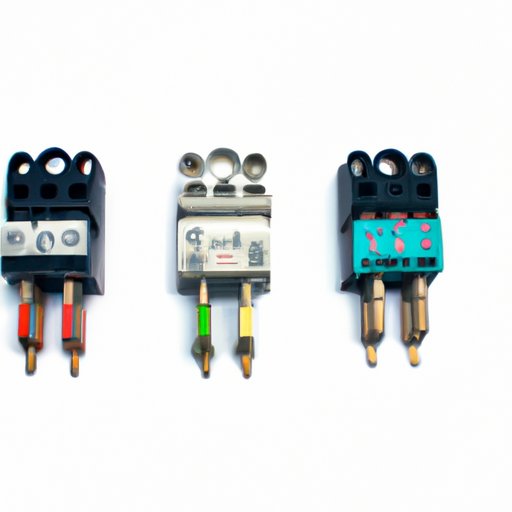Introduction
The starter relay is an integral component of most vehicles’ starting system. When the ignition switch is turned to the “start” position, the starter relay sends power from the battery to the starter motor, allowing it to turn over the engine and start the vehicle. But what happens when the starter relay fails? How can you tell if the starter relay is bad and needs to be replaced? This article provides a step-by-step guide on how to diagnose and troubleshoot a faulty starter relay.
Definition of a Starter Relay
A starter relay is an electrically operated switch designed to control the current flow between the battery and the starter motor. It is usually located near the battery and consists of two main parts: the control circuit and the load circuit. The control circuit is connected to the ignition switch and activates the starter relay when the ignition switch is turned to the “start” position. The load circuit is then activated and sends power from the battery to the starter motor, allowing it to turn over the engine and start the vehicle.
Overview of Symptoms When a Starter Relay Is Bad
When a starter relay fails, there are several common symptoms that may indicate its failure. These include difficulty starting the engine, clicking or grinding noises coming from the starter motor, dim headlights, and a dead battery. It is important to note that these symptoms could also be caused by other problems, so it is important to properly diagnose the issue before replacing the starter relay.
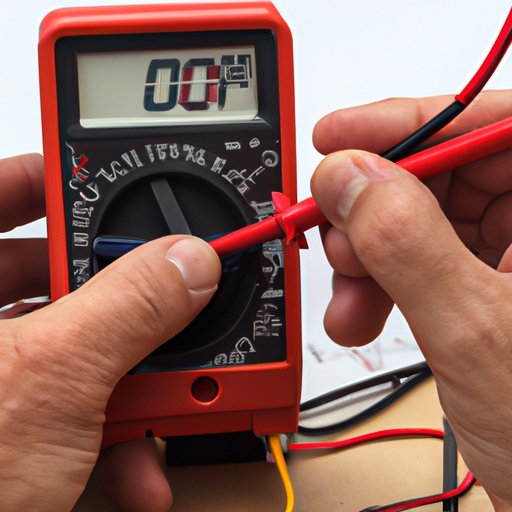
Check the Voltage of the Starter Relay with a Multimeter
The first step in diagnosing a faulty starter relay is to check the voltage of the relay with a multimeter. A multimeter is an electronic device used to measure electrical signals, and it is essential for troubleshooting electrical problems. To use a multimeter to check the voltage of the starter relay, follow these steps:
- Disconnect the negative (black) cable from the battery.
- Connect the red lead from the multimeter to the positive (red) terminal on the starter relay.
- Connect the black lead from the multimeter to the negative (black) terminal on the starter relay.
- Turn the multimeter to the “DC volts” setting.
- Record the reading on the multimeter.
If the reading is higher than 12 volts, the starter relay is functioning correctly. If the reading is lower than 12 volts, the starter relay is likely defective and should be replaced.
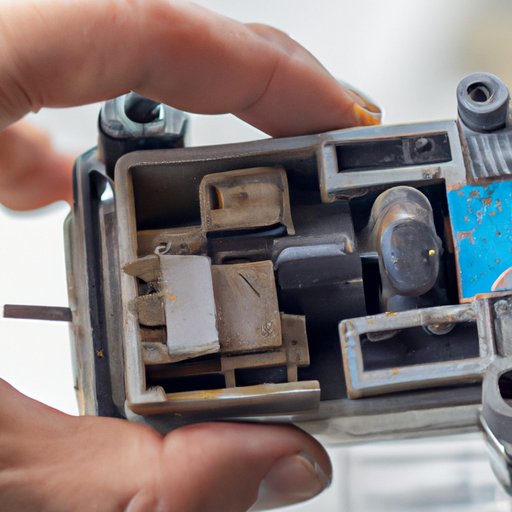
Inspect the Physical Condition of the Starter Relay
Next, inspect the physical condition of the starter relay. Look for signs of wear and tear, including cracked or broken plastic housing, corroded or damaged electrical connectors, and loose or missing screws. Also, check for evidence of moisture or corrosion inside the starter relay. These are all signs that the starter relay may be failing.
Listen for Unusual Noises
When the starter relay is activated, listen for any unusual noises, such as grinding or clicking sounds. This could indicate that the starter relay is malfunctioning and needs to be replaced. Other possible causes of these noises include a weak or dead battery, a faulty starter motor, or a problem with the starter solenoid.
Test the Starter Relay for Continuity with an Ohmmeter
An ohmmeter is an electronic device used to measure resistance in a circuit. To use an ohmmeter to test the starter relay for continuity, follow these steps:
- Connect the leads of the ohmmeter to the terminals of the starter relay.
- Turn the ohmmeter to the “continuity” setting.
- Observe the reading on the ohmmeter.
If the reading is zero, the starter relay is functioning correctly. If the reading is higher than zero, the starter relay is likely defective and should be replaced.
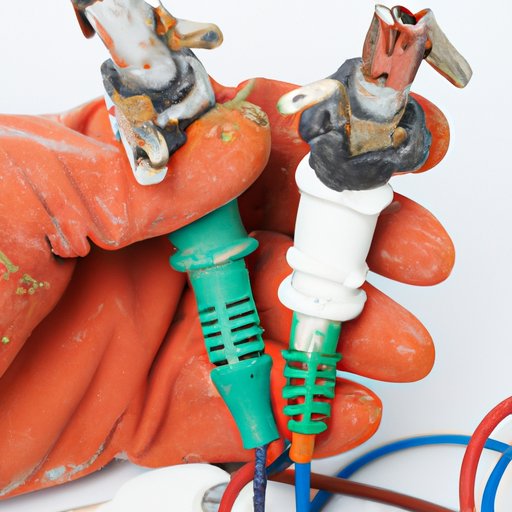
Check for Corrosion or Damage to the Electrical Contacts
It is also important to check for corrosion or damage to the electrical contacts of the starter relay. Corrosion or damage to these contacts can prevent the starter relay from functioning properly. To check for corrosion or damage, remove the starter relay from the vehicle and inspect the electrical contacts with a flashlight. If the contacts appear corroded or damaged, the starter relay should be replaced.
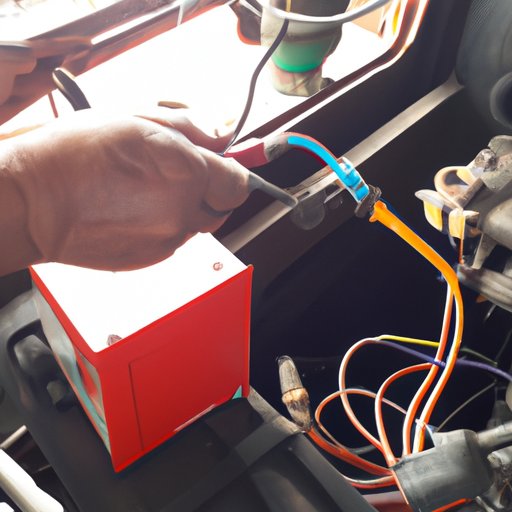
Use a Test Light to Check for Power at the Starter Relay
Finally, use a test light to check for power at the starter relay. A test light is an electronic device used to detect the presence of power in a circuit. To use a test light to check for power at the starter relay, follow these steps:
- Connect one end of the test light to the positive (red) terminal on the starter relay.
- Connect the other end of the test light to a ground source, such as the negative (black) terminal on the battery.
- Turn the ignition switch to the “start” position.
- Observe the test light.
If the test light illuminates, the starter relay is receiving power and is functioning correctly. If the test light does not illuminate, the starter relay is likely defective and should be replaced.
Conclusion
In conclusion, diagnosing and troubleshooting a faulty starter relay can be a complicated process. However, following the steps outlined in this article can help you identify whether the starter relay is bad and needs to be replaced. Be sure to use proper safety precautions when working with electrical components and always consult a professional mechanic if you are unsure about how to proceed.
Resources for Additional Information
For more information on how to diagnose and troubleshoot a faulty starter relay, visit the following websites:
- AutoMD: How to Diagnose a Faulty Starter Relay
- YourMechanic: How to Test a Starter Relay
-
(Note: Is this article not meeting your expectations? Do you have knowledge or insights to share? Unlock new opportunities and expand your reach by joining our authors team. Click Registration to join us and share your expertise with our readers.)
